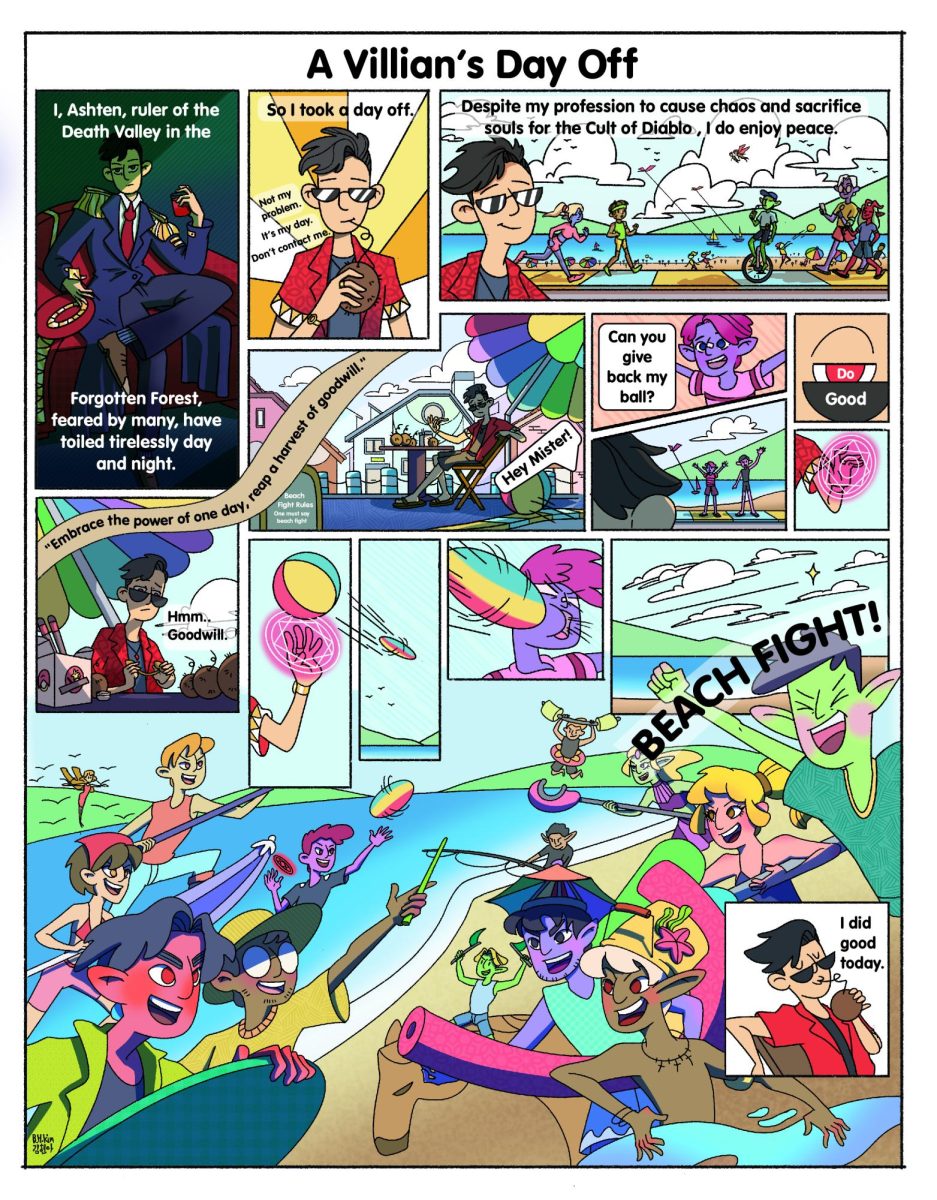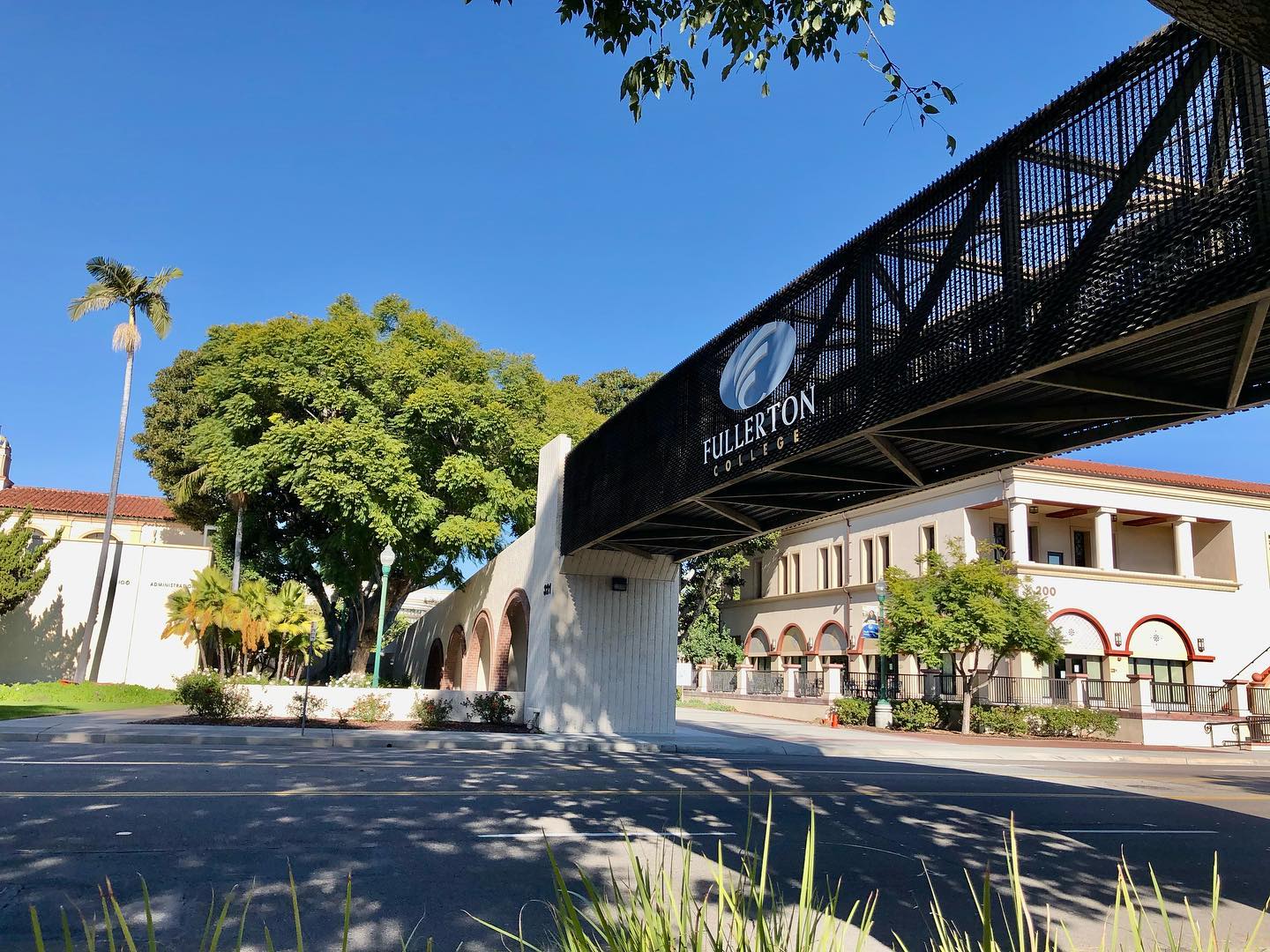The Merriam-Webster dictionary defines ‘tangent’ as:
a: meeting a curve or surface in a single point if a sufficiently small interval is considered straight line tangent to a curve
b: having a common tangent line at a point tangent curves
Most students, especially those in higher education courses, can relate to the latter of these definitions. Numerous testimonies can be found where students use less than positive connotations when describing events of professor tangents.
Stephanie Salas, a CSUF graduate in psychology, believes tangents are a huge setback to student success.
“Students pay for these classes and expect to obtain the necessary material to pass the exams, but their time is wasted when professors decide to go off-topic for majority of the time.” Salas said.
Similar opinions can be heard throughout many college campuses, as well as online. The majority of students agree that their class period should be dedicated to what they’re paying for…quality education.
Although this ideal is shared amongst the student population, a different mindset is heard amongst professors.
Peter Spiegel is an educator with over 10 years of experience who blogs about modern solutions for the 21st century educational problems. In his blog titled Off Topic Tangents Are a Good Thing for Class, Spiegel explains that some educators believe tangential conversations are distractions to real learning and should be avoided at all costs.
Although the beginning of his blog sounds as though he is anti-tangent, Spiegel argues that “the tangent is actually one of the most useful and powerful instruction methodologies afforded to educators.”
With years of educational experience behind him, Spiegel expresses tangents can be used as a practical way for students to learn how to have conversations with an adult. This viewpoint makes sense when discussing high school education, however not so much when discussing higher education.
Students in college should already know how to hold a conversation amongst adults, so this ideal is not relevant. Seeing that students seeking higher education pay for every unit, it is in their best interest to utilize class time to their advantage.
It is understandable that professors and even students themselves become bored when concentrating on the same topic for over an hour. This does not necessarily mean professors should begin discussing their home-life or events that do not coincide with the topic.
Instead of going off on tangents, professors should have open discussions that will engage the class. This will provide an opportunity for students to take a break from note-taking and really consider what they are learning.
William L. Heward, a professor at Ohio State University, describes a way of teaching that incorporates both lecture and class discussion.
Heward describes a teaching plan that uses prepared handouts that provide background information and cues that require students to actively respond during lectures. These handouts are referred to as guided notes and are thought to increase the students’ retention of the content.
The article titled Guided Notes- Improving the Effectiveness of Your Lectures explains the various advantages of lecturing, as well as the benefits of educator-student interaction.
“Although anecdotes are interesting and provide enriching context, they can make it difficult for even the most skilled notetakers to determine the most important content,” Heward explains.
With various opinions about professor tangents, it is best to say there are better ways for students to learn the topic beside solemnly lecturing or simply getting off-track on a tangent.


















